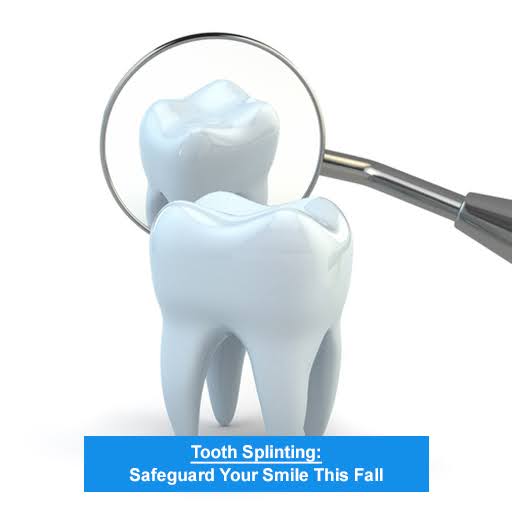
Introduction
As the bright colors of fall appear, it reminds us to take care of our teeth and smiles. With the new season comes different routines and activities, making it a good time to think about how tooth splinting can help keep your mouth healthy. We will look at what tooth splinting is, its benefits, and why it could be a great choice for you this fall.
Summary
1. Understanding Tooth Splinting
2. Why Tooth Splinting Matters
3. The Benefits of Tooth Splinting
4. The Tooth Splinting Procedure
6. Who Should Consider Tooth Splinting?
7. Embracing Your Smile This Fall
1. Understanding Tooth Splinting
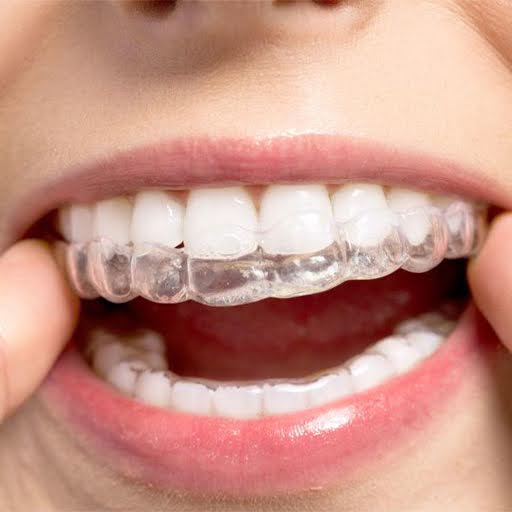
Tooth splinting is a dental treatment that helps keep loose or broken teeth stable. It uses a dental splint, which is a device that connects the affected tooth to the nearby teeth. This connection gives extra support, helping your teeth heal properly. Tooth splinting is often used for patients who have had dental injuries, gum disease, or tooth movement issues.
When a tooth becomes loose because of an injury or gum disease, it can cause more problems if not treated. Splinting reduces movement and helps the tooth heal by keeping it in place. A dentist or oral surgeon usually performs this procedure. They will check your situation and decide the best way to help you based on your needs.
2. Why Tooth Splinting Matters
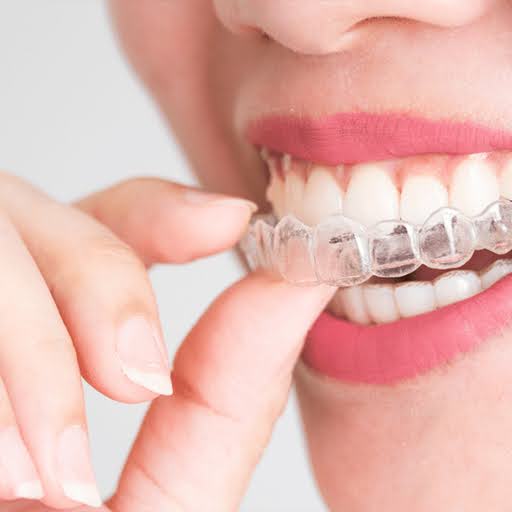
Taking care of your teeth and smile is important for your overall health and well-being. When a tooth is loose or damaged, it can make it hard to chew or speak comfortably. If left untreated, it might lead to more serious dental problems. Choosing tooth splinting is a proactive way to protect your oral health.
Tooth splinting can also help you keep your tooth. A loose tooth can cause your bite to shift, making it harder for your teeth to line up correctly. This can lead to the need for extra dental treatments in the future. By splinting your tooth, you can avoid these issues and keep your smile looking great.
3. The Benefits of Tooth Splinting
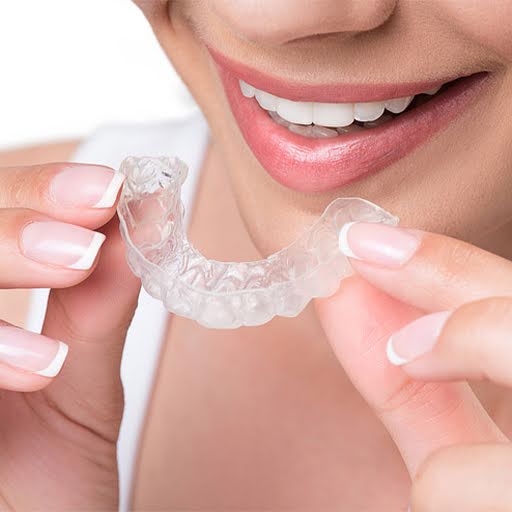
Tooth splinting has many benefits. First, it gives stability to loose teeth, allowing the gums and surrounding bone to heal. This can help save your tooth from being pulled out. A splinted tooth can also boost your confidence, letting you smile without worrying about discomfort or feeling embarrassed.
Another advantage of tooth splinting is that it’s a non-invasive treatment. Unlike some dental procedures that may need surgery or long recovery times, splinting can often be done in just one visit to the dentist. This makes it a convenient choice for people who might be nervous about more invasive treatments. Plus, splinting is usually less painful than other dental procedures, so you can quickly get back to your daily activities.
4. The Tooth Splinting Procedure
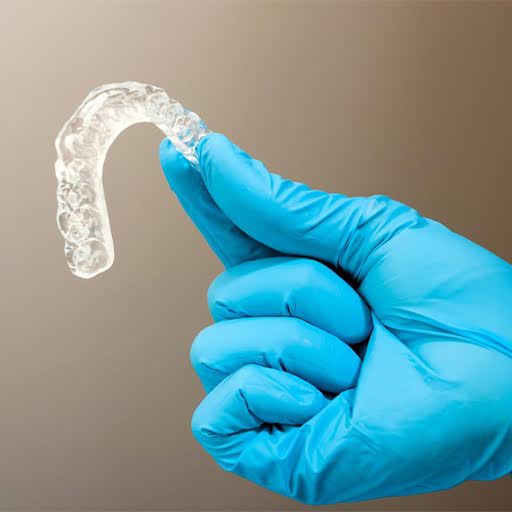
The tooth splinting procedure typically begins with a comprehensive dental examination. Your dentist will assess the condition of your teeth and gums to determine the extent of the damage. They may take X-rays to evaluate the underlying structures and ensure a thorough understanding of your dental health.
Once the assessment is complete, your dentist will choose the appropriate splinting material, which may include dental bonding, wire, or a custom-made appliance. The splint will be attached to the affected tooth and neighboring teeth to create a secure connection. After the splint is in place, your dentist will provide instructions for care and maintenance. It’s important to follow these guidelines to ensure the best possible outcome for your teeth and smile.
5. Aftercare and Maintenance

Caring for your dental splint is essential for its effectiveness. Your dentist will provide specific instructions on how to maintain the splint and your overall oral hygiene. Regular brushing and flossing are crucial to prevent plaque buildup around the splinted area. Additionally, using a soft-bristle toothbrush can help protect your teeth and gums during the healing process.
It’s also important to attend follow-up appointments with your dentist. These visits allow your dentist to monitor your progress and make any necessary adjustments to the splint. They can also assess the healing process and determine when it’s safe to remove the splint if required. Regular dental check-ups are vital in ensuring the long-term health of your teeth and smile.
6. Who Should Consider Tooth Splinting?

Tooth splinting is suitable for various individuals, especially those experiencing tooth mobility or have suffered dental trauma. If you have recently been in an accident or have a tooth that has become loose due to gum disease, splinting may be an ideal solution. It’s crucial to consult your dentist to evaluate your situation and discuss your options.
Moreover, tooth splinting can benefit those who grind their teeth or have bruxism. This condition can lead to tooth wear and instability over time. By splinting your teeth, you can provide additional support and help prevent further damage. Discussing your habits with your dentist will help them determine if tooth splinting is a suitable preventive measure for you.
7. Embracing Your Smile This Fall

As we transition into fall, it’s the perfect time to prioritize your oral health. With the abundance of seasonal treats and activities, your teeth deserve the best care. Tooth splinting can help protect your teeth and smile, allowing you to enjoy the season without worry. Whether you’re attending fall festivals, enjoying pumpkin spice lattes, or savoring holiday treats, having a healthy smile enhances your confidence and enjoyment.
Investing in your dental health today can pay off in the long run. By considering tooth splinting, you’re taking a proactive step toward maintaining your beautiful smile. Don’t hesitate to reach out to your dentist to discuss whether tooth splinting is the right choice for you this fall.
FAQs
Q.1. What is tooth splinting?
A.1. Tooth splinting is a dental procedure that stabilizes loose or fractured teeth using a splint that connects the affected tooth to neighboring teeth.
Q.2. Who needs tooth splinting?
A.2. Individuals with loose teeth, dental trauma, or those experiencing tooth mobility may benefit from tooth splinting. It can also help those who grind their teeth.
Q.3. How long does the splint stay on?
A.3. The duration of the splint depends on the severity of the tooth’s condition and your dentist’s recommendations. Follow-up appointments will determine when it’s safe to remove the splint.
Q.4. Is tooth splinting painful?
A.4. Tooth splinting is generally not painful. Most patients experience minimal discomfort, and the procedure can often be completed in one visit.
Q.5. How do I care for my splint?
A.5. Follow your dentist’s care instructions, maintain good oral hygiene by brushing and flossing regularly, and attend follow-up appointments to monitor your healing process.
Conclusion
Tooth splinting is a vital procedure that can significantly impact your oral health. By providing stability to loose teeth and promoting healing, it allows you to maintain your smile and overall well-being. As you enjoy the fall season, remember the importance of taking care of your teeth. Regular dental check-ups and timely interventions like tooth splinting can help you achieve a radiant smile that lasts a lifetime. So, prioritize your dental health this fall and embrace the beauty of your smile.
For personalized help or to schedule a consultation, contact our team at (267) 908-4867 or visit our website at https://premierperiodonticspa.com/contact-us/. Your smile is our top priority, and we’re here to provide the support and care you need for a smooth dental experience. Trust us to look after your oral health and help you achieve a bright, healthy smile!









